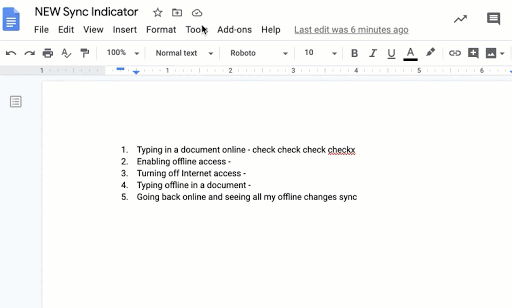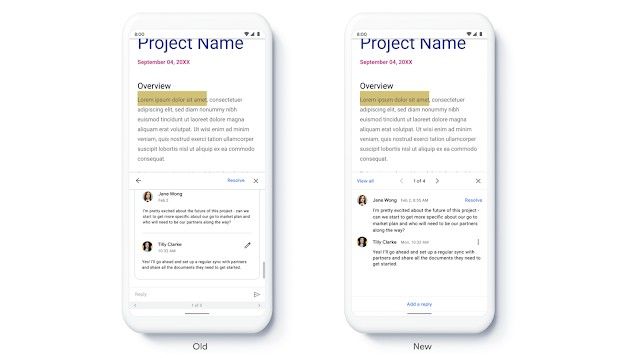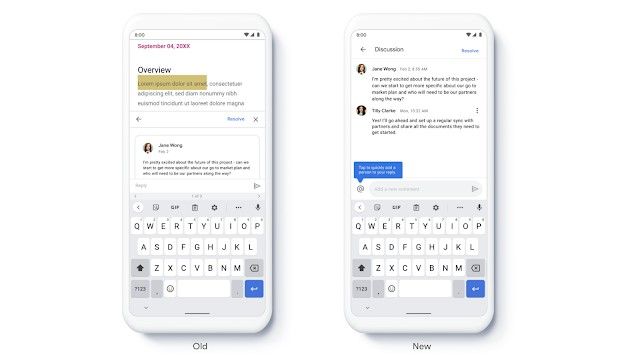Huawei’s flagship P40 series launched with the company’s latest custom Android skin — EMUI 10.1 — earlier this year in March. Shortly after the launch, Huawei rolled out EMUI 10.1.0.121 to the devices, which brought some camera improvements, a new Huawei Assistant top-level setting, and the Android security patches for April 2020. The new Huawei Assistant setting led us to believe that the company would soon roll out its Celia voice assistant to the devices. As expected, the voice assistant was enabled on the P40 series just a few days after the update started rolling out. Now, the company is pushing another major update for the Huawei P40 series, which adds a few more useful features into the mix.



Huawei has started rolling out EMUI 10.1.0.131 to the Huawei P40 series which adds a new Petal Search app to help you find apps that aren’t yet available in the Huawei AppGallery. The app searches through various online app sources like APKPure, Aptoide, APKMonk, and others, which is quite handy given that the devices don’t ship with the Google Play Store. The app comes with a home screen widget that you can use to look up apps quickly, and it also supports checking for updates to apps that you have installed on your device.



The Petal Search app is divided into three tabs — For You, Search, and Me. The For You tab features the search bar at the top, along with trending news posts sourced from Microsoft News. The Search tab lists down some of the most popular local and essential apps that you can download. In case you don’t find the app you’re looking for in the lists, you can easily search for any app using the search bar at the top. The tab also stores your search history which is displayed right underneath the search bar. Searching for any app lists down all the apps related to that keyword and, if you still don’t find the right app, you get the option to look it up using Bing. And finally, the Me tab houses the Search history, an Incognito mode, Downloads, and Settings.
Along with the new Petal Search app, the latest EMUI 10.1 update adds a Picture-in-Picture (PiP) preview frame in the viewfinder on the stock camera app. As you can see in the attached video, the PiP frame pops up when the zoom level is set to 15x or higher, making it easier for you to focus on objects while zoomed in. Furthermore, the update includes enhancements for the Huawei Golden Snap feature which is expected to improve the quality and colors of photos taken in certain conditions for more natural and authentic effects. Here’s the complete changelog for EMUI 10.1.0.131:
- Camera
- Adds a Picture-in-Picture preview frame in the viewfinder when the zoom level is set to 15x or higher to help you focus.
- Enhances the Huawei Golden Snap feature. Improves the quality and colors of photos taken in certain situations for more natural and authentic effects.
- System
- Adds Petal Search to the widgets on the home screen for easier app searches.
The post EMUI 10.1.0.131 update on the Huawei P40 adds Petal Search to help you find apps and a picture-in-picture frame to help you zoom past 15X appeared first on xda-developers.
from xda-developers https://ift.tt/2YeEBHy
via IFTTT








